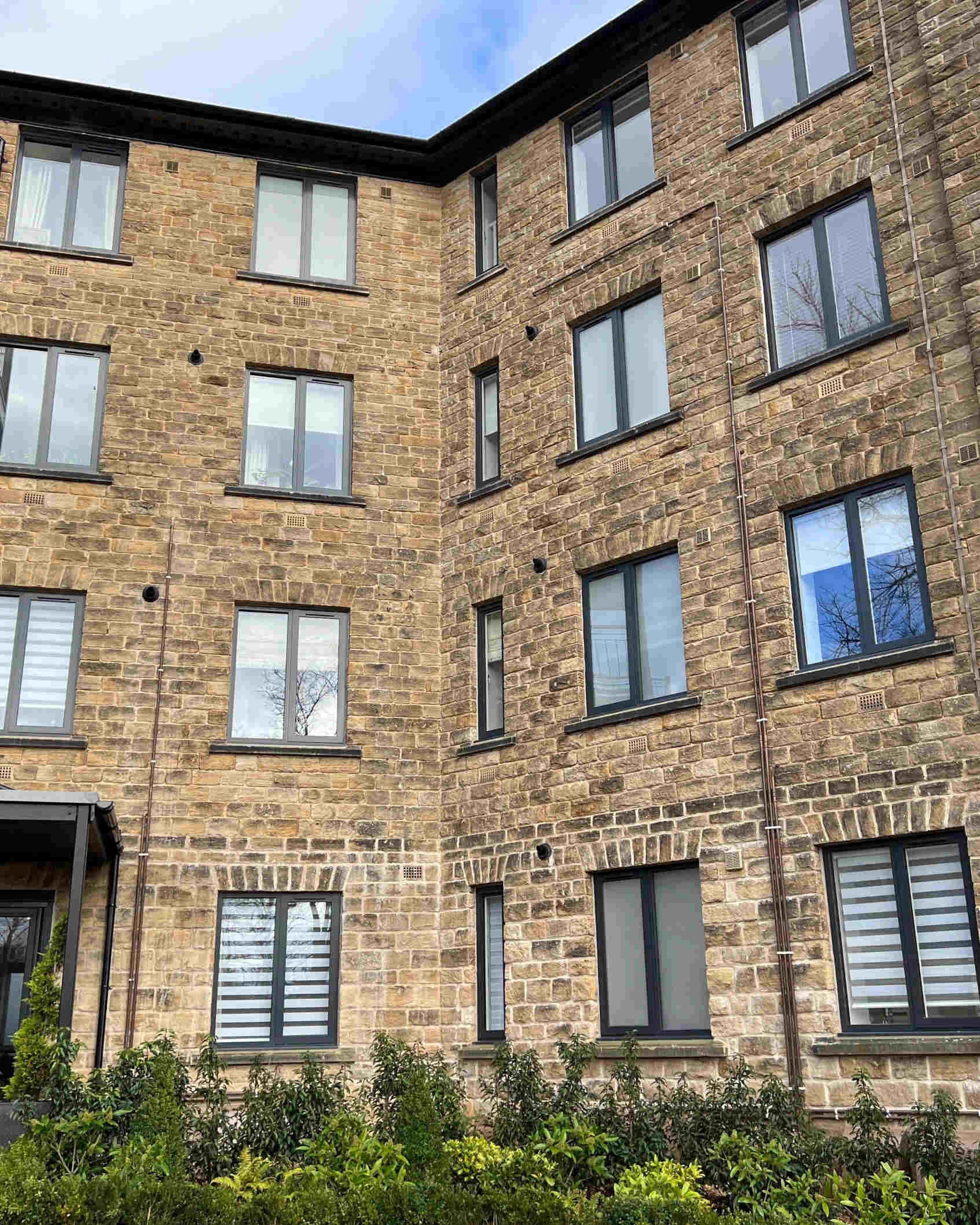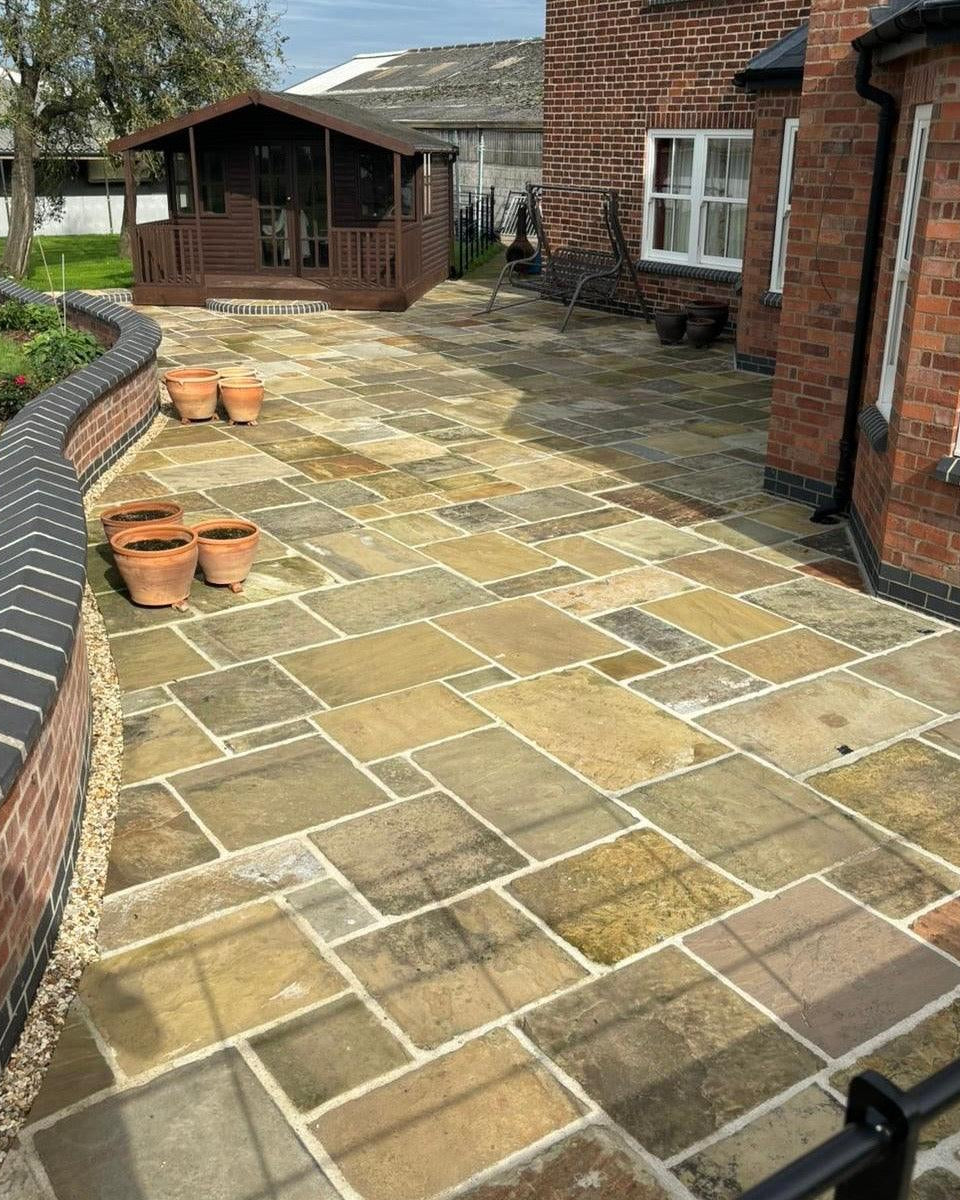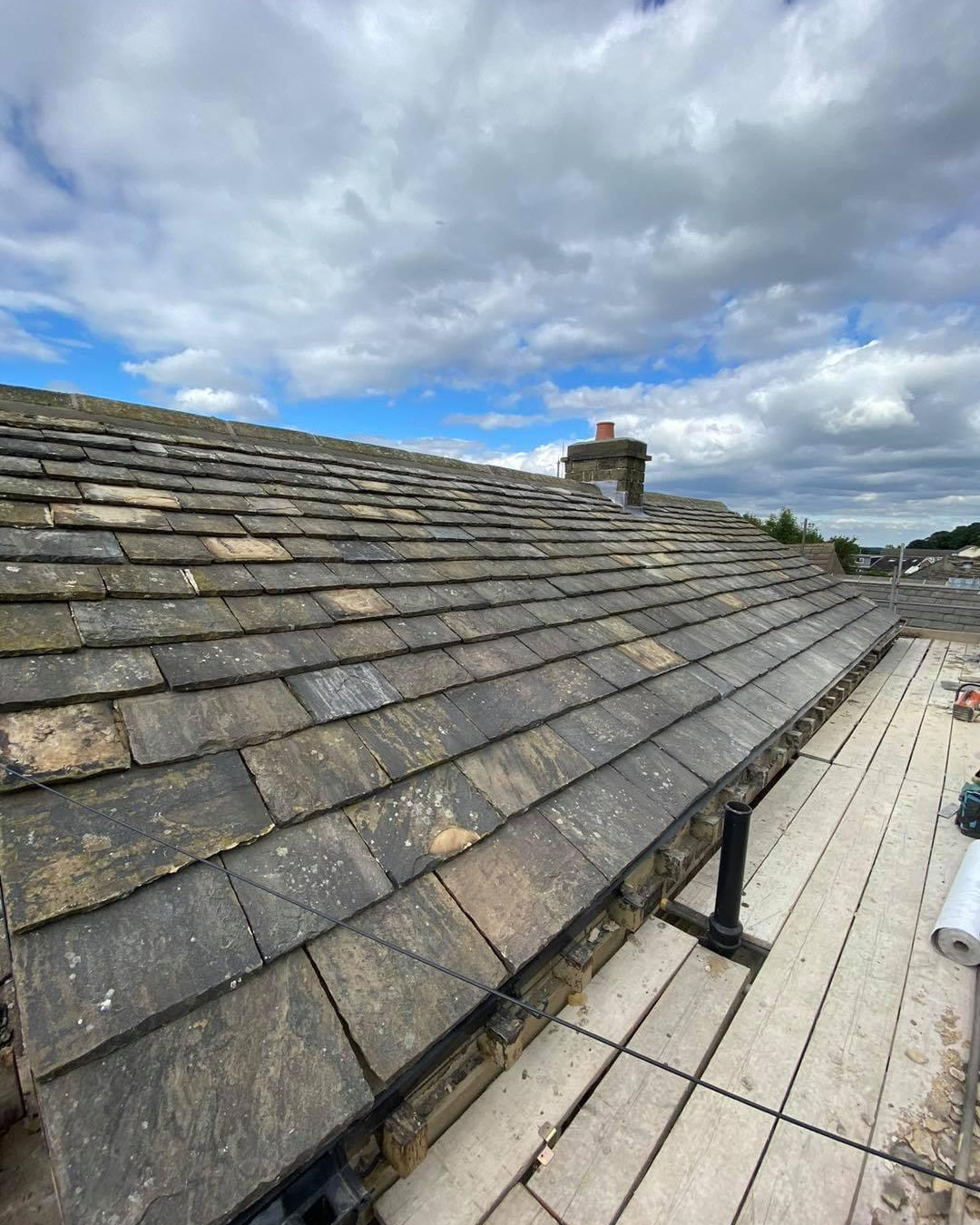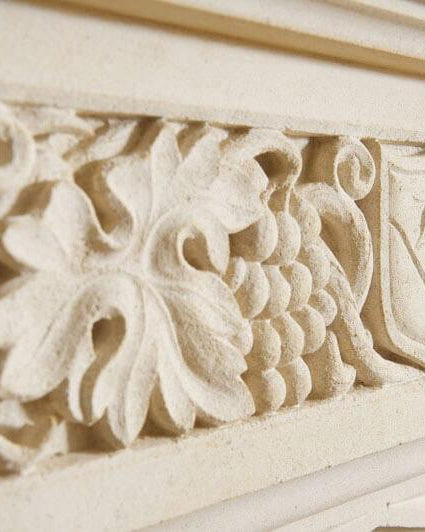Reclaimed Stone and BREEAM: How It Supports Green Building Certification
BREEAM (Building Research Establishment Environmental Assessment Method) is the leading sustainability assessment method used in the UK construction industry. It measures the environmental performance of buildings and infrastructure projects, rewarding designs that reduce impact and support long-term sustainability.
Reclaimed stone plays a powerful role in achieving BREEAM credits, especially across categories like Waste, Materials, and Management. From heritage restoration to contemporary landscaping, using salvaged stone can significantly contribute to green building targets while offering aesthetic and practical advantages.
What is BREEAM and Why It Matters
BREEAM certification is widely recognised by architects, planners, and clients aiming to prove their environmental commitment. The scheme evaluates projects against categories such as:
- Energy
- Health and Wellbeing
- Materials
- Waste
- Land Use and Ecology
- Management
- Pollution
- Water
Projects are rated on a scale from Pass to Outstanding, and using reclaimed materials—like 'building stone' or granite setts—can contribute to achieving higher scores.
How Reclaimed Stone Contributes to BREEAM Credits
Reclaimed stone directly supports the Materials and Waste categories within BREEAM. Here's how:
1. Materials (MAT01 and MAT03)
BREEAM encourages the use of materials with a lower environmental impact over their life cycle. Reclaimed stone:
-
Avoids the extraction, quarrying, and processing associated with new stone
-
Often comes with a lower embodied carbon footprint
-
Helps maintain or improve responsible sourcing credentials (especially if provenance is documented)
Projects may be rewarded under MAT01 for using low-impact materials and under MAT03 for demonstrating responsible sourcing.
2. Waste (WST01 and WST02)
BREEAM promotes construction practices that reduce site waste and landfill contributions. By selecting reclaimed stone:
-
You divert material from the waste stream
-
Reduce the need for virgin resources
-
Encourage circular economy practices on-site
This contributes to better performance in WST01 (Construction Waste Management) and WST02 (Recycled Aggregates).
3. Management (MAN02)
Projects that set sustainability targets early in the design stage can benefit under this credit. Choosing reclaimed materials during specification is seen as a proactive step toward sustainable procurement.
Practical Applications of Reclaimed Stone in Sustainable Construction
Reclaimed stone isn't just environmentally friendly—it’s also highly versatile. Popular uses in BREEAM-oriented projects include:
-
York Stone paving for public realm and commercial developments
-
Granite kerbs and setts in high-traffic urban landscaping
-
Reclaimed limestone in heritage conservation
-
Walling stone for green infrastructure and site demarcation
These applications often blend seamlessly with the built environment while showcasing natural weathering and patina that new materials can’t replicate.
Supporting Documentation for BREEAM Assessors
To ensure your use of reclaimed stone is recognised during the BREEAM assessment:
-
Request provenance documentation (e.g. original use/location if known)
-
Provide material specifications including type, dimensions, and approximate age
-
Demonstrate lifecycle benefits—compare environmental impact vs. new stone
-
Include photos from site delivery, installation, and completed work
Most reputable reclaimed material suppliers can assist with this documentation to help your project gain credit.
ESG and Beyond: Reclaimed Stone in the Bigger Picture
Beyond BREEAM, using reclaimed stone supports broader environmental, social, and governance (ESG) goals:
-
Environmental: Reduces demand on natural resources and cuts embodied carbon
-
Social: Supports local trades, restoration projects, and traditional craft
-
Governance: Shows clients and regulators your commitment to sustainable practice
Conclusion: Reclaimed Stone Adds Value, Credit, and Character
If you're working toward BREEAM certification, reclaimed stone isn’t just an ethical choice—it’s a strategic one. It helps reduce waste, supports low-carbon construction, and contributes to essential BREEAM categories.
From paving and setts to walling and kerbs, salvaged stone materials blend timeless aesthetics with measurable environmental benefit. Speak to your supplier early, document your sourcing, and you’ll be well on your way to meeting your sustainability goals.







